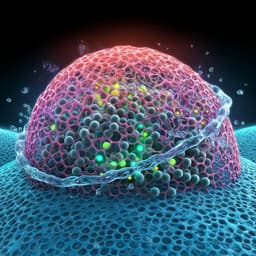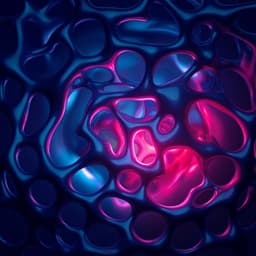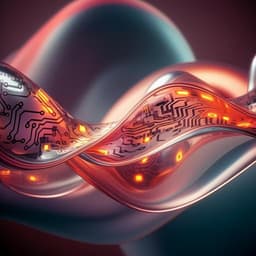
Chemistry
Autonomous self-healing organic crystals for nonlinear optics
S. Mondal, P. Tanari, et al.
This groundbreaking research by Saikat Mondal, Pratap Tanari, Samrat Roy, Surojit Bhunia, Rituparno Chowdhury, Arun K. Pal, Ayan Datta, Bipul Pal, and C. Malla Reddy presents a dibenzoate derivative that can self-heal in mere milliseconds. The experiments highlight how these crystals endure mechanical forces while maintaining high efficiency in second harmonic generation.
Playback language: English
Related Publications
Explore these studies to deepen your understanding of the subject.







